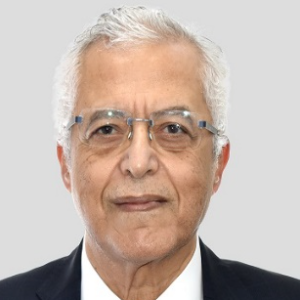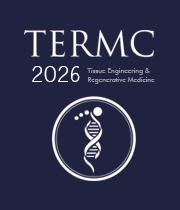Smart Materials and Biomaterials Science
Biomaterials advances have had a huge impact on medicine during the last few decades, changing tissue engineering, drug delivery, immunological engineering, and medical device manufacturing. Advances in molecular self-assembly, polymer synthesis, protein and peptide engineering, and microfabrication technologies have resulted in the development of next-generation "smart" biomaterials that can adapt their chemical and mechanical properties in response to changes in physiological parameters and exogenous stimuli. Due to their capacity to respond to biological, chemical, and physical stimuli such as pH, redox potential, enzyme activity, temperature, humidity, light, sound, and stress, these materials are sought after for medical and tissue engineering applications. Smart biomaterials can respond to changes in physiological factors as well as exogenous stimuli, and they continue to have an impact on many facets of modern medicine. Smart materials have the potential to accelerate the development of promising medicines and enhance the treatment of chronic diseases. The insertion of certain functional groups into biomaterials allows control over their physical, chemical, and biological properties, according to one technique for the design of smart biomaterials for tissue engineering.

Nagy Habib
Imperial College London, United Kingdom
Lucie Bacakova
Institute of Physiology of the Czech Academy of Sciences, Czech Republic



Title : AI-integrated high-throughput tissue-chip for space-based biomanufacturing applications
Kunal Mitra, Florida Tech, United States
Title : Stem cell technologies to integrate biodesign related tissue engineering within the frame of cell based regenerative medicine: towards the preventive therapeutic and rehabilitative resources and benefits
Sergey Suchkov, N.D. Zelinskii Institute for Organic Chemistry of the Russian Academy of Sciences, Russian Federation
Title : In vitro evaluation of lyophilized Dedifferentiated Fat cells (DFAT) impregnated artificial dermis
Kazutaka Soejima, Nihon University, School of Medicine, Japan
Title :
Nagy Habib, Imperial College London, United Kingdom
Title :
Alexander Seifalian, Nanotechnology & Regenerative Medicine Commercialisation Centre, United Kingdom
Title : The regenerative medicine of the future
Marco Polettini, DVM, Italy